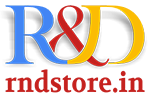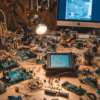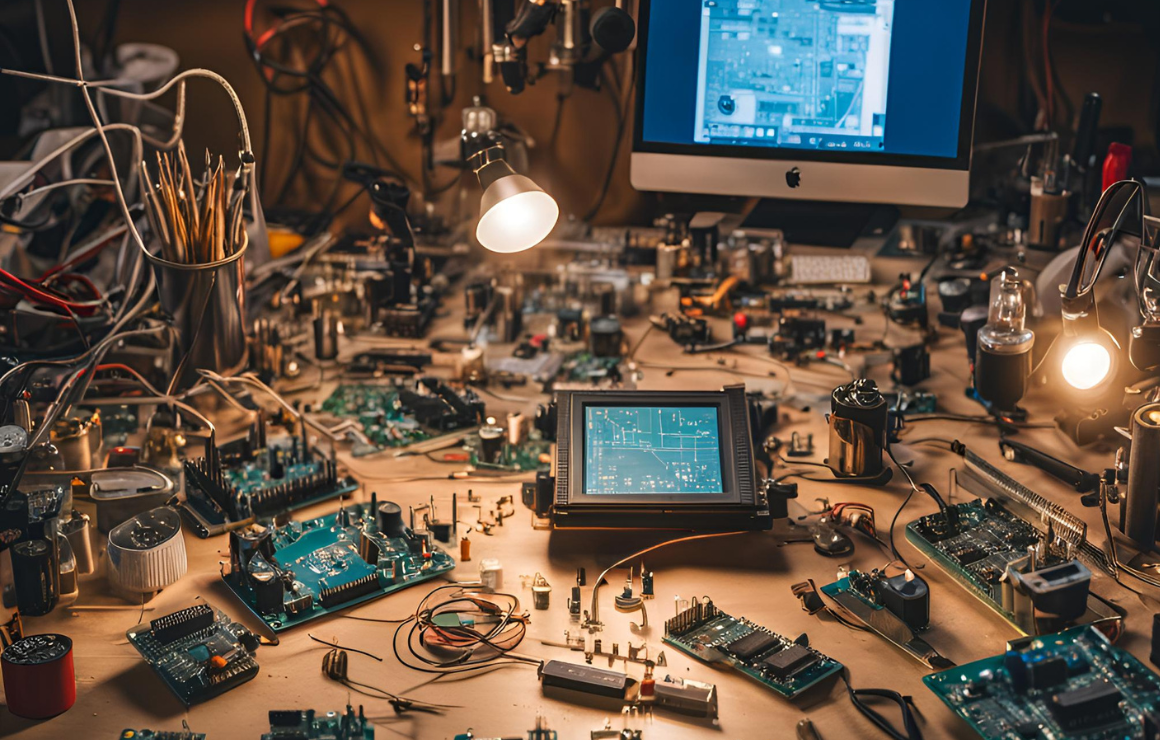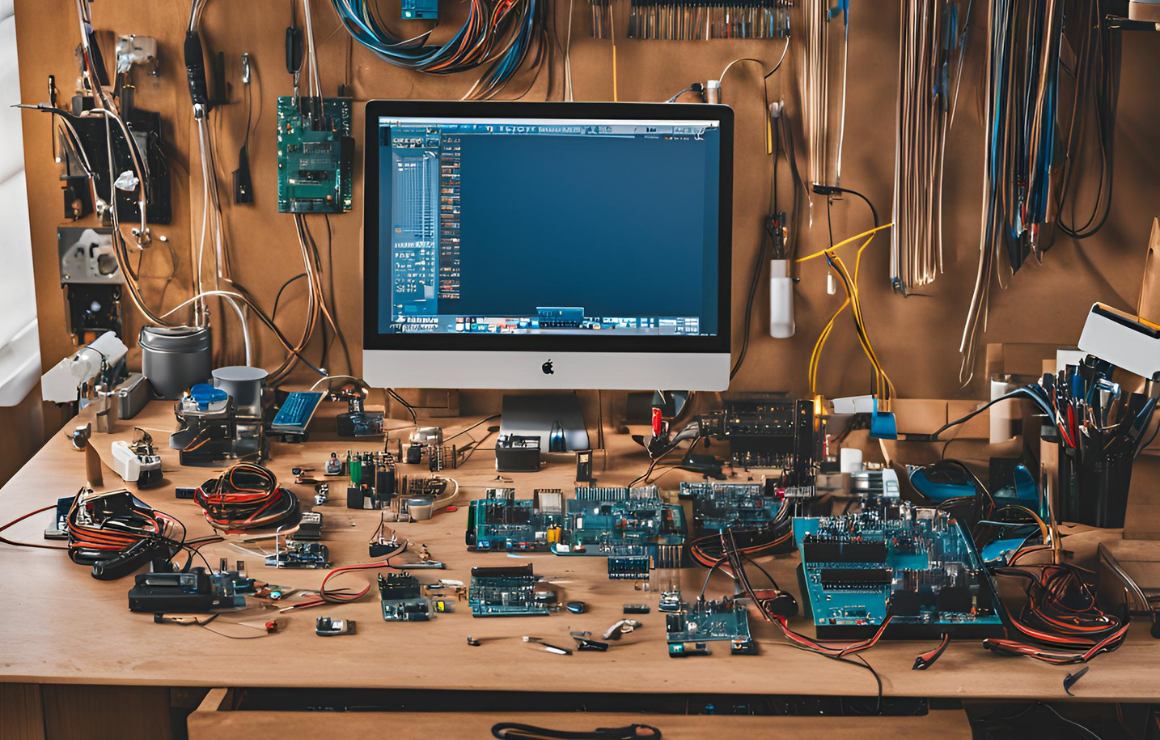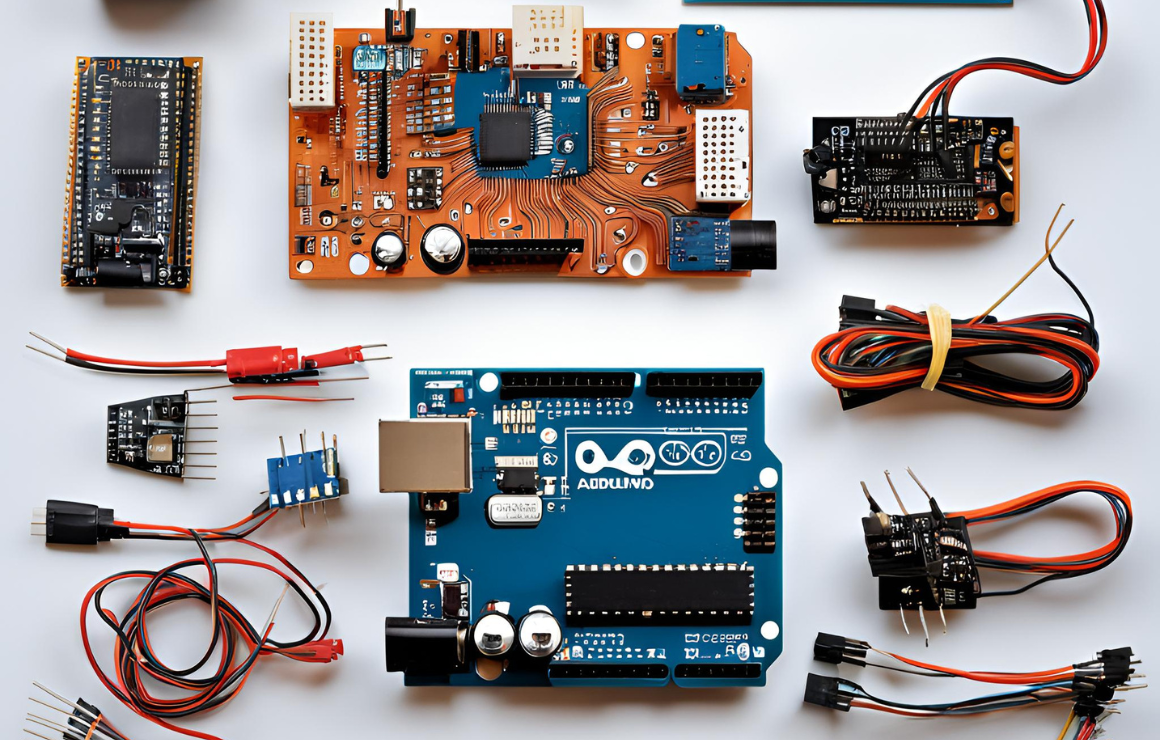No products in the cart.
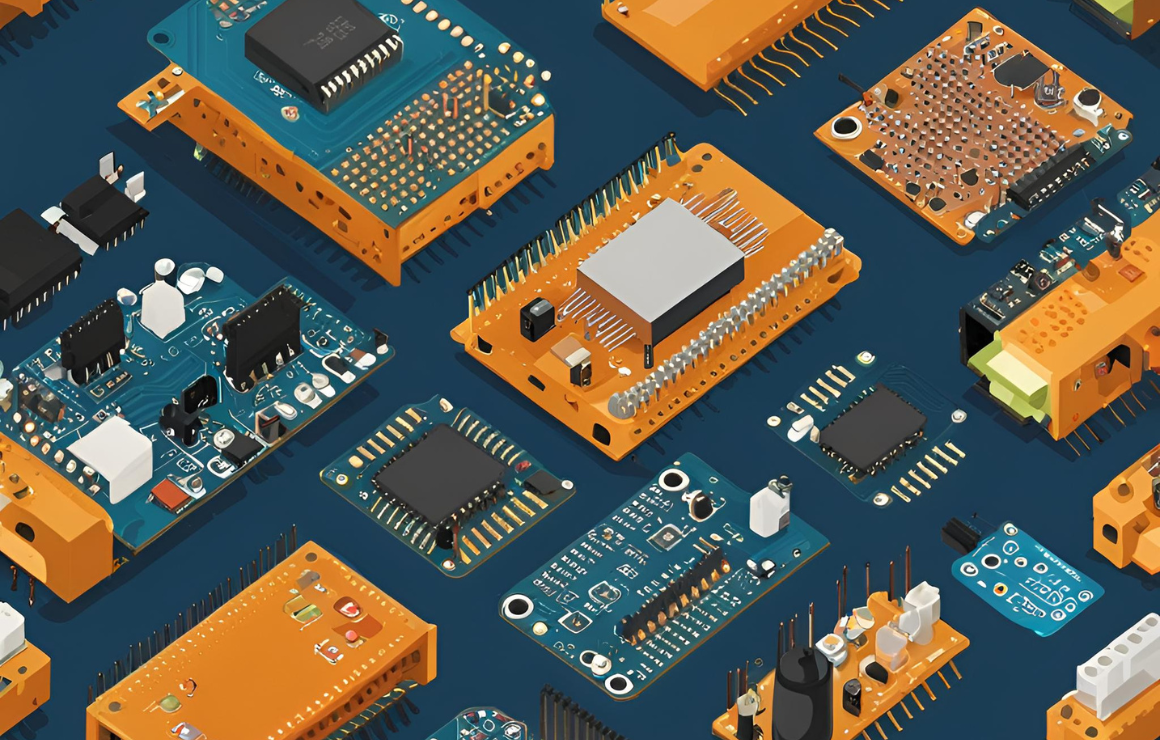
Arduino boards.
/Posted byadmin
1. What is an Arduino Board and Why Is It So Popular?
Description: The Arduino board is an open-source microcontroller platform designed to make electronics projects easy to create. This post will introduce readers to the Arduino ecosystem, explaining what an Arduino board is, why it’s popular among hobbyists and professionals alike, and how it can be used to control sensors, motors, and other components.
Key Points:
- Overview of Arduino as a microcontroller
- Why Arduino is beginner-friendly: open-source, easy to program, and affordable
- Common applications: IoT projects, robotics, automation, etc.
2. Types of Arduino Boards: Which One Should You Choose?
Description: Arduino offers a variety of boards, each designed for different use cases. This blog will compare popular Arduino boards such as the Arduino Uno, Nano, Mega, Leonardo, and Due, helping readers choose the best one for their project based on factors like size, processing power, and I/O pins.
Key Points:
- Comparison of popular boards: Arduino Uno vs. Nano vs. Mega, etc.
- When to use a smaller board (e.g., Nano) vs. a larger one (e.g., Mega)
- Factors to consider: I/O pins, memory, and processing power
3. How to Get Started with Arduino: A Beginner’s Guide
Description: For readers new to Arduino, this guide will walk them through the first steps of setting up their Arduino board. From downloading the Arduino IDE to writing and uploading their first program (a simple LED blink), this blog will make the process easy and approachable.
Key Points:
- What you need to get started: an Arduino board, USB cable, and computer
- How to install the Arduino IDE
- Writing and uploading your first “Hello World” code (LED blink example)
- Understanding basic Arduino code structure: setup and loop functions
4. Common Arduino Projects for Beginners
Description: Arduino makes it easy to jump into electronics, and this blog will showcase simple yet fun projects that beginners can create with minimal components. Projects like a blinking LED, a temperature monitor, and a light-sensitive night light will be discussed, with links to tutorials and code examples.
Key Points:
- Blinking LED project: controlling an LED using an Arduino board
- Temperature sensor project: using an LM35 sensor to display temperature
- Light-sensitive night light: using an LDR sensor to automatically turn on an LED
- Each project will include a brief explanation, components needed, and a tutorial link
5. The Arduino Uno: Why It’s the Best Board for Beginners
Description: The Arduino Uno is one of the most popular and widely used boards, especially for those just starting out. This blog will focus on why the Uno is the go-to choice for beginners, discussing its features, ease of use, and extensive support from the Arduino community.
Key Points:
- Introduction to the Arduino Uno board
- Key features: 14 digital I/O pins, 6 analog inputs, ATmega328P microcontroller
- Why it’s a beginner-friendly board: community support, easy tutorials, affordable
- Examples of beginner projects with the Uno
6. How to Power Your Arduino Board: Everything You Need to Know
Description: Arduino boards can be powered in multiple ways, but each method has its pros and cons. This blog will explore the various ways to power an Arduino board, including using a USB connection, external batteries, and regulated power supplies. It will help readers understand how to choose the best option for their project’s power needs.
Key Points:
- Powering your Arduino via USB
- Using external batteries (e.g., AA, LiPo, 9V)
- The role of the VIN pin for external power supply
- How to ensure the board gets enough power without damaging it
7. Arduino and IoT: Building Smart Projects with Arduino Boards
Description: Arduino plays a significant role in Internet of Things (IoT) applications. This blog will discuss how Arduino boards can be used to build IoT devices that connect to the internet and control or monitor various systems. It will introduce Wi-Fi modules like ESP8266 and ESP32, and provide examples of smart home projects.
Key Points:
- Introduction to Arduino in IoT applications
- How to connect Arduino boards to the internet using Wi-Fi modules (ESP8266/ESP32)
- Example projects: smart lighting, temperature monitoring, home automation
- Key challenges in IoT projects: connectivity, power consumption
Related posts
Smart Home Automation System Ever wanted to control your home’s lights or fans from your phone? With Arduino, you can!...more
1. Overview of the Project: This project demonstrates how to build a basic obstacle-avoiding robot. The robot detects objects using...more
Creating an ultrasonic-based radar project with Arduino involves using an ultrasonic sensor (like the HC-SR04) to detect objects and display...more
Exploring the Arduino UNO: A Beginner’s Guide to DIY Electronics Introduction The Arduino UNO is an open-source microcontroller board that’s...more
